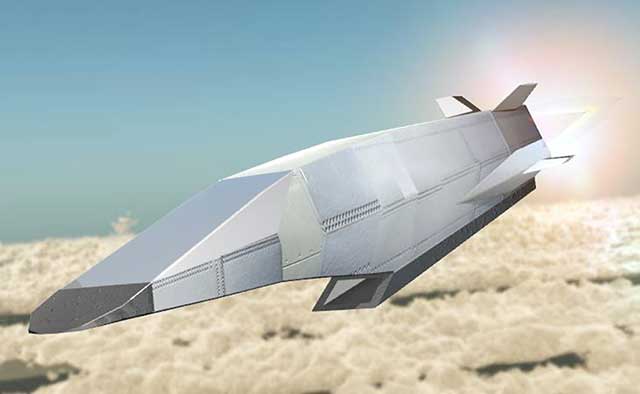Japan tests missile scramjet engine with a supersonic fuel burn rate

Japan is preparing for the first flight tests of a scramjet engine, which will most likely be integrated into the Japanese military’s future hypersonic missiles. The tests will be held on July 23 this year at the test site at the Japan Aerospace Exploration Agency [JAXA] Uchinoura Space Center.
Japan is developing its own engine for its hypersonic missiles. According to experts, the future energy configuration that will propel rockets or other aircraft will burn the fuel at supersonic speeds. “The aim of this research project is to acquire a model that estimates [the] in-flight combustion phenomenon in [the] scramjet engine,” ATLA said, adding that results will be compared with data obtained from ground-based wind tunnel tests.
The new hypersonic weapons of the Japanese army should improve its combat capability, its effectiveness, as well as guarantee the protection of islands that belong to Japan’s territorial integrity. For example, BulgarianMilitary.com just recalls that Japan and Russia are in conflict over the ownership of the Kuril Islands.
According to sources in Japan, the scramjet engine tests will also have to be the basis for building a digital analysis of the model, which will most likely ensure future work on “correction and prediction of data during the actual flight”.
It was clear that Japan would develop a similar type of engine as early as 2020 when Tokyo announced that it was joining the race to develop hypersonic missiles, a race led by Russia, the United States, some European countries and China. The upcoming tests of the Japanese engine are part of Tokyo’s program to develop hypersonic weapons: the hypersonic cruise missile [HCM] and the Hypervelocity Gliding Projectile, or HVGP.
The HCM is expected to have a range of over 1,000 km according to open source data, and a speed of over Mach 5-6. Japan says two versions of this missile will be developed: air-launched and ship-launched. Some sources also say that this type of missile will rely on a cumulative effect as well, ie. increasing the effect of the explosion by concentrating it at a given point, achieved by using a charge with a conical recess.
Such information confirms Tokyo’s plans – the development of various types of warheads and the development of missiles with solid-fuel engines.
BulgarianMilitary.com recalls that the project to develop a hypersonic missile and scramjet engine was not without obstacles, including a hacker attack. On May 21, 2020, hackers attacked the servers of Mitsubishi Electric. The Japanese government launched an investigation to establish the hacking attack, but never let the public know if it was successful [i.e. the Japanese hypersonic missile data was leaked] or not.





